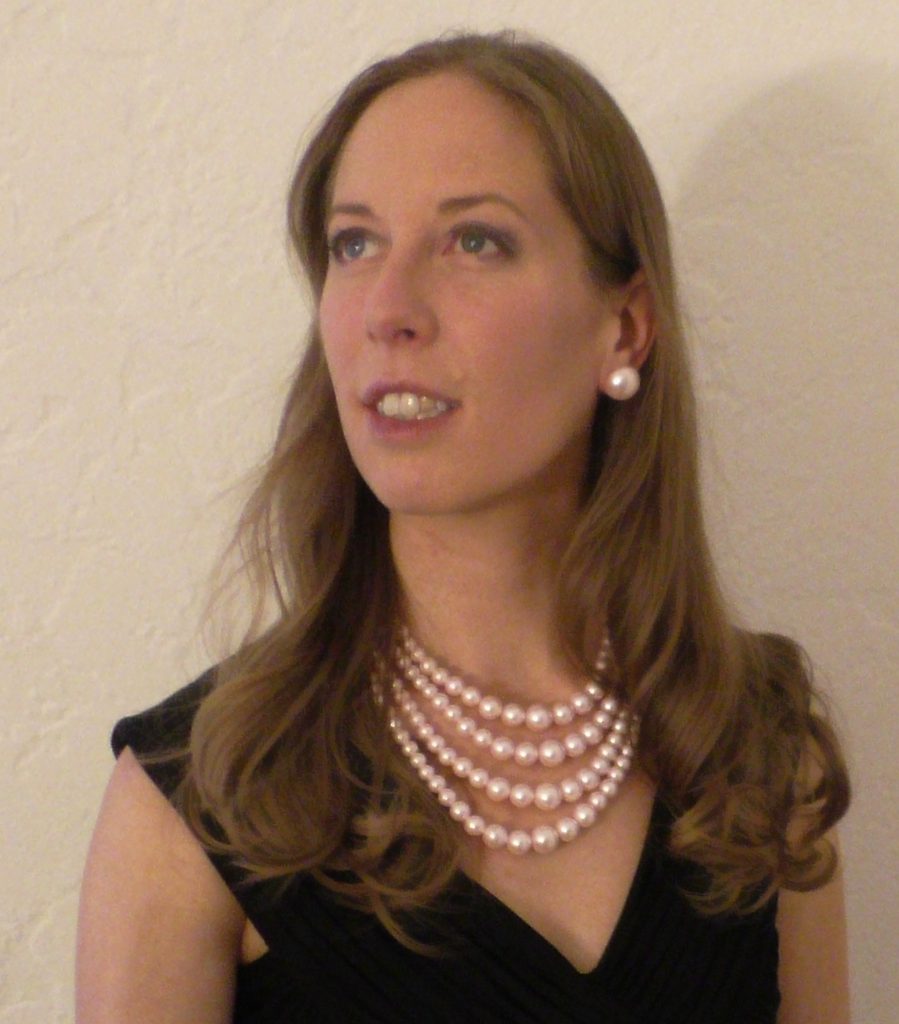Malina's Teaching Philosophy
• I believe it is our responsibility to teach students precise intonation and musical articulation from the beginning. When we allow students to learn “bad habits” they become a permanent part of their neurological patterning – ‘practice’ makes ‘permanent.’ Instead we want our students to learn to recognize true quality and challenge themselves to attain it.
• String playing is learned in a succession of skills. Carefully structuring curriculum from day one is extremely important. Rather than choose pieces because they are fun, each new piece introduced should build on previously established skills as well as focus on a new skill.
• Malina method: the Suzuki method influences my teaching. Suzuki was very clear about the need to add one new skill per piece. Developing the ear through daily listening is also an important part of his method. Parent involvement, when teaching young children, is imperative. However, I believe it is also important to systematically teach note reading, rhythm reading, music theory, pieces in a historical context, pieces from a variety of cultures, and harmony through adding parts and playing as a group. My work combines all of these aspects on a daily basis.

• I believe that the ensemble experience teaches students about how to be part of a non-competitive team. Together we are more than the sum of our parts. I am happy to teach a private student to become a good string player alone, but ensemble playing demands teamwork. Students need to spend extensive time learning to depend on each other as well and follow the directions of the conductor. These are skills that are best taught in a group. Depending on student interest, I am happy to try to set up weekly duo/trio or small group lessons in addition to the private lesson, emphasizing the skills that are difficult to work on in a solo lesson.
• The reason students who are actively involved in music score better on standardized tests is that music involves aural, visual and kinesthetic learning styles, as well as both hemispheres of the brain. When students start their musical training young, and practice consistently, they improve their overall ability to learn. As we teach students actively via the three learning modes, and ask them to self-analyze musical performance utilizing the four phases in the learning cycle, we are also teaching them to become life-long self-motivated learners, utilizing their own strengths most productively.
• As much as I hope to see my students continue to participate in the arts, above all I want them to have a life-long respect and understanding for the arts. My goal for my students is that they can choose to someday join a community orchestra if they wish, perhaps after years of being away from playing their instruments. I want them to be able to accurately read notation, independently learn their parts and easily follow a conductor.